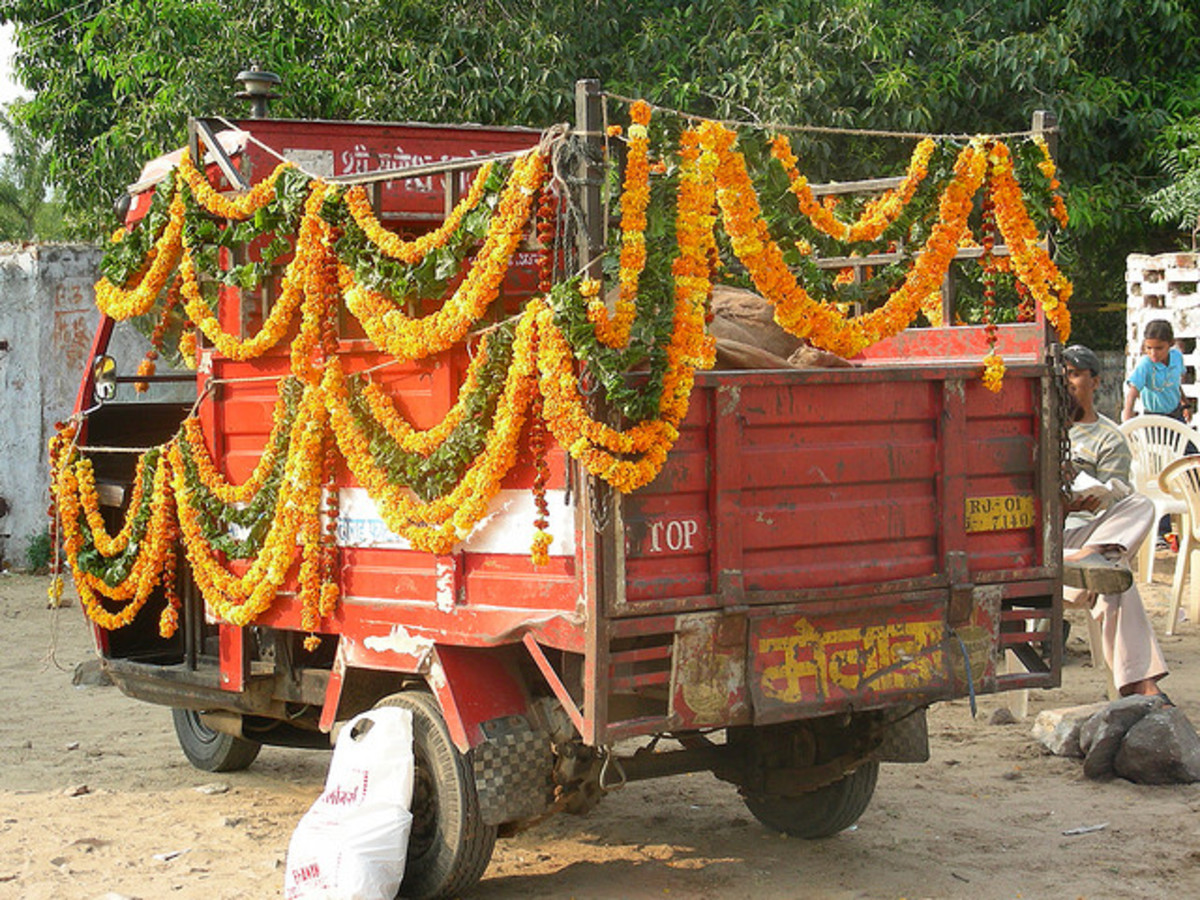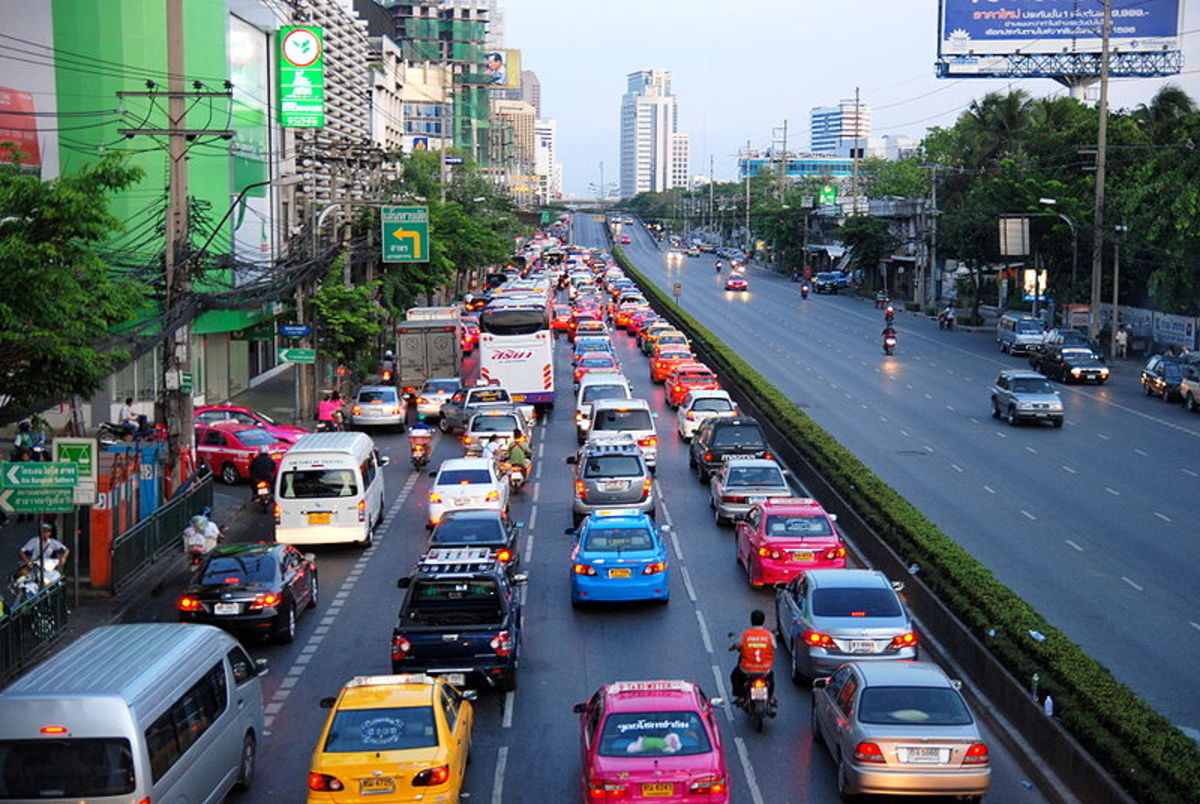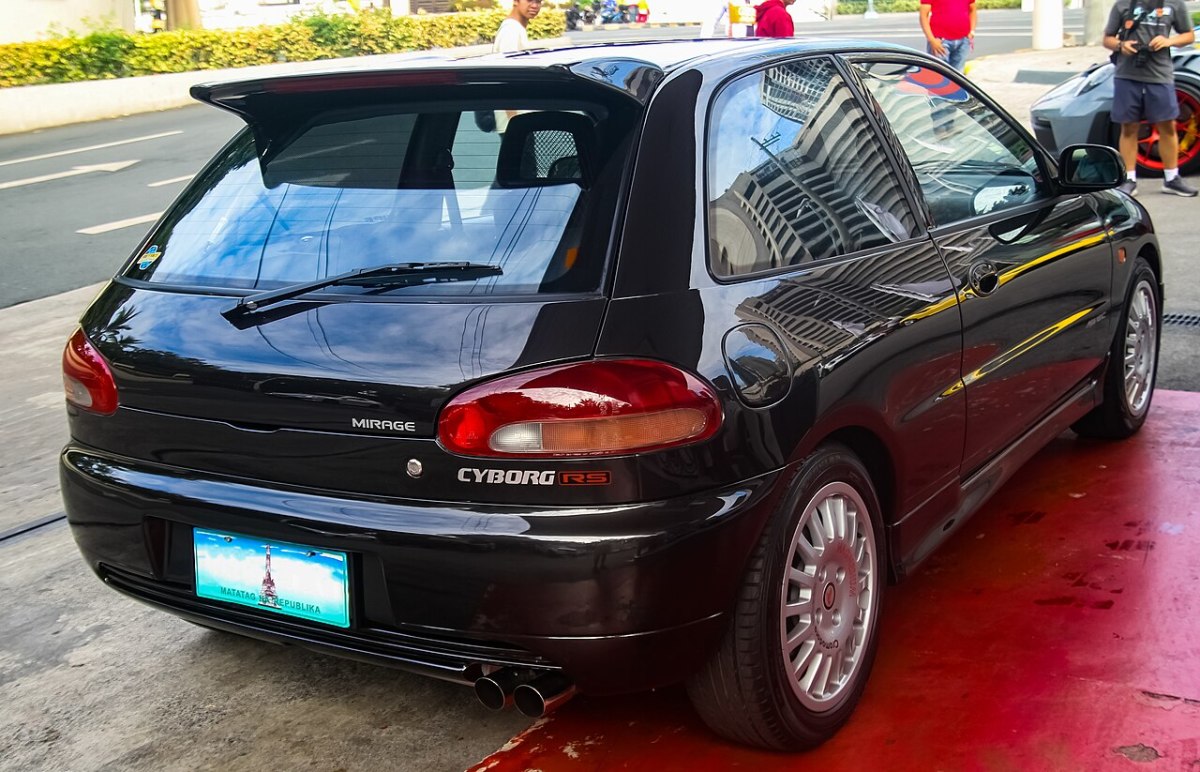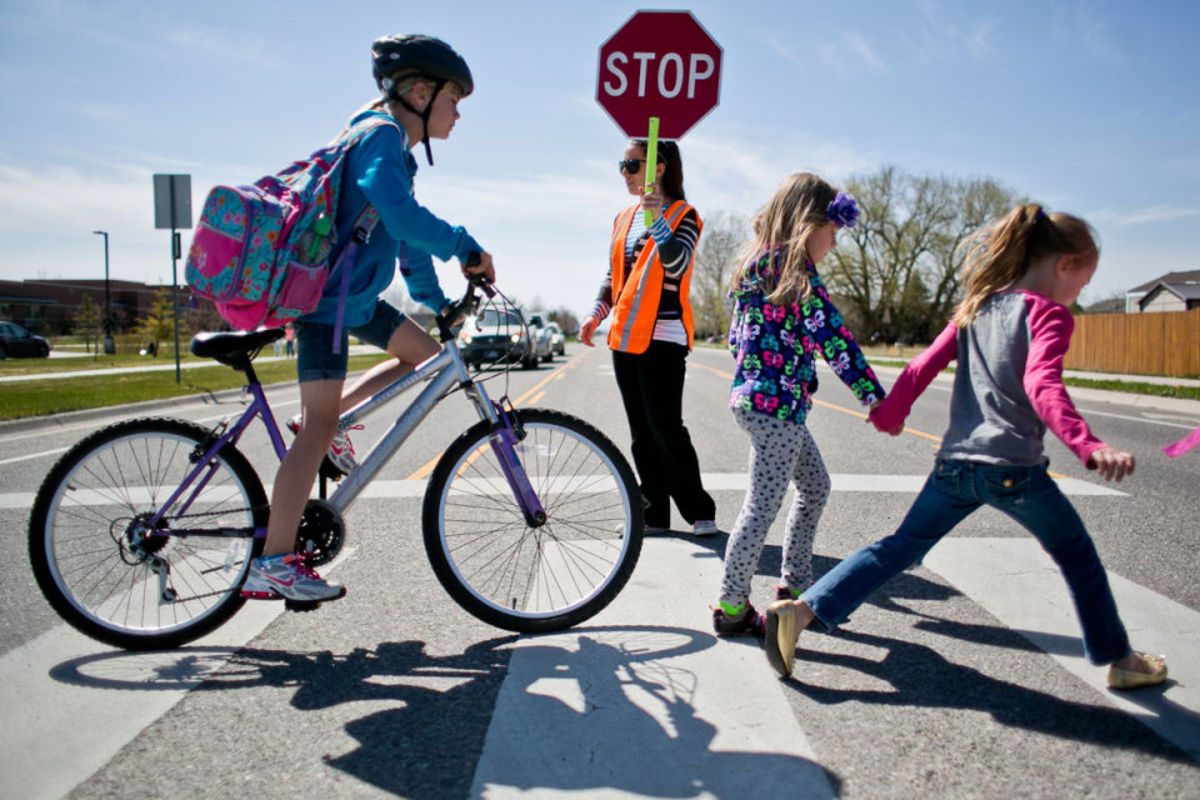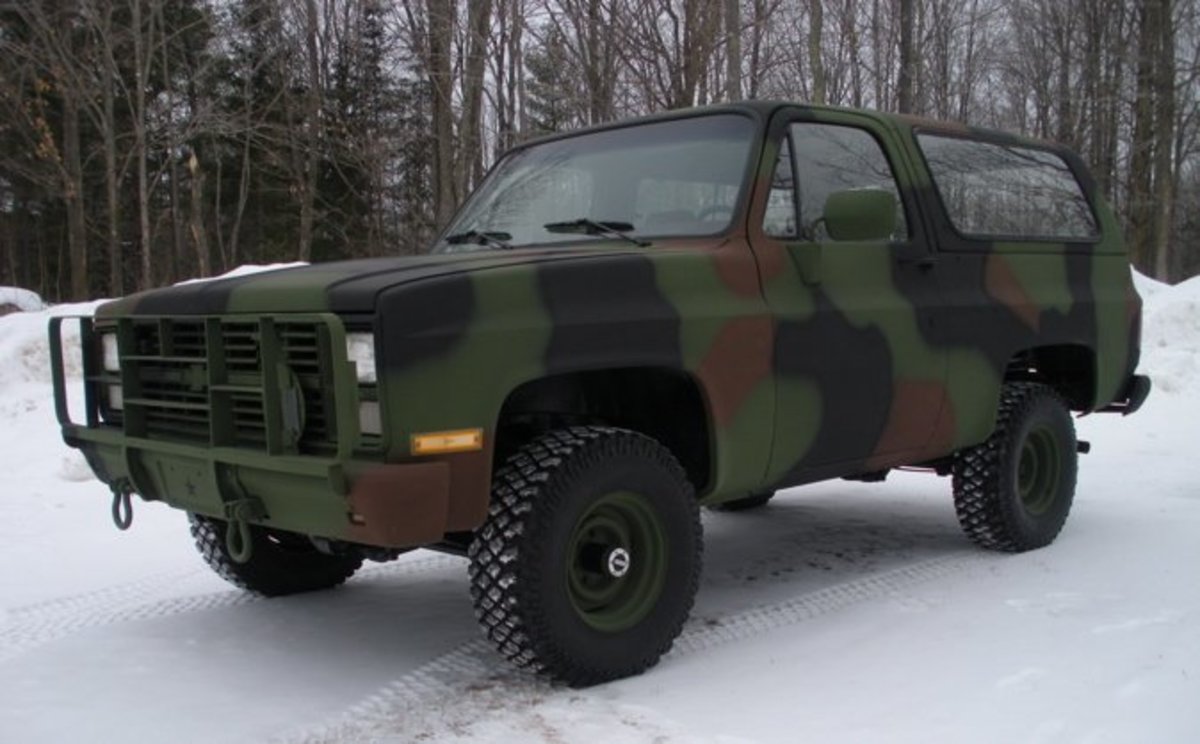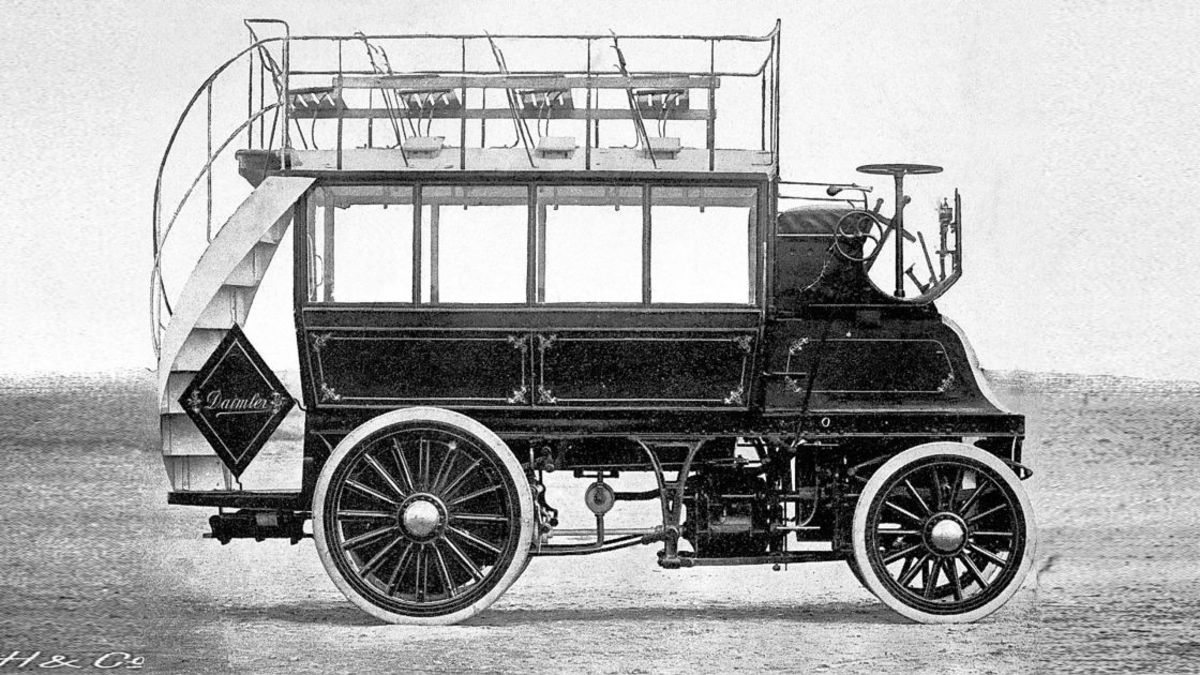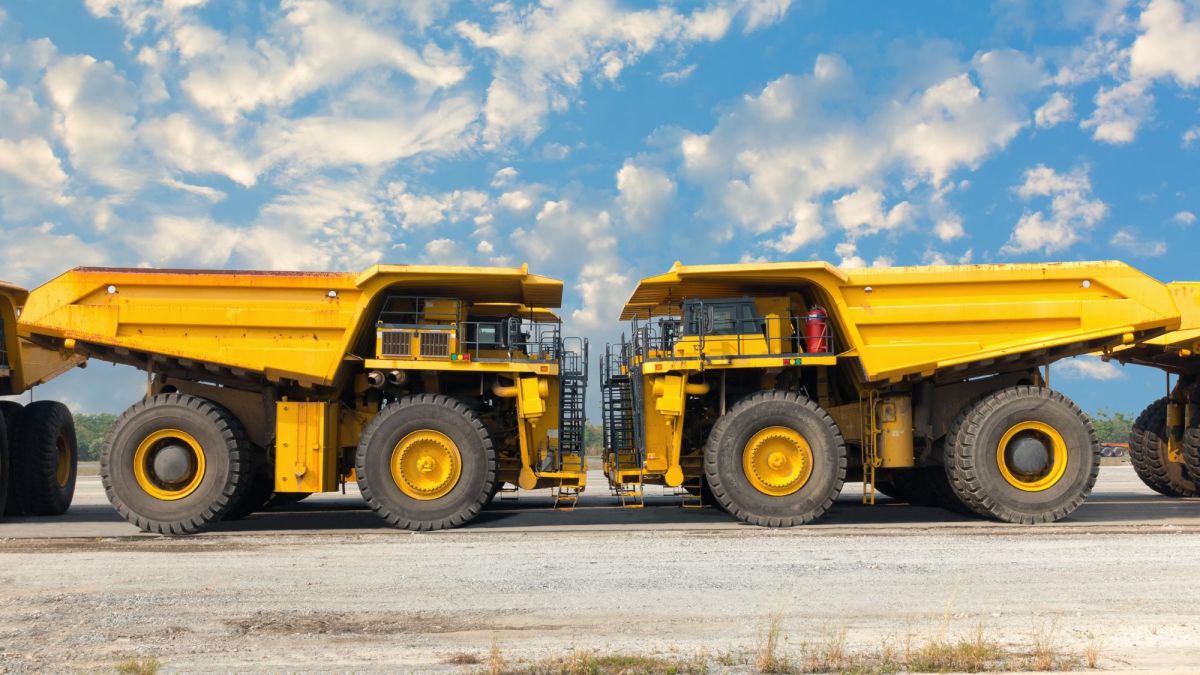18-Wheeler Driver Safety

Semi-Truck Driving Tips
As a driver with 20 plus years of experience, I have driven for state government in highway maintenance, airfield maintenance, and driven crash-fire trucks. Recently I have driven local haul and regional loads within the southeast states including my home state of Alabama. I have been to seven Aircraft Rescue Fire-Fighting academies across the United States and participated in actual crash fire exercises. Along with the courses I have annually trained in Airport Surveillance and Management. Seven years at the King Salmon, Airport in Southwest Alaska: 3 years at Northern Region Highways. I have driven fuel tankers, flatbed pulp and chip-haul products in open trailers, containers, asphalt trucks, 12 yard dumps, straight sand and plow trucks, roadway sweepers, rollers, caterpillar loaders, motor-graders and many other pieces of equipment: I feel I am qualified to talk about Truck Driver Skills, Habits and Safety.
The commercial driver faces new challenges every day. Some are related to the truck and equipment he drives and hauls, and some are related to the actually driving, including traffic, FMCSA/DOT (handbook) regulations, company policies, and then some are related to personal driving habits, and applying knowledge in real life capacity while on the road.
The area I intend to cover here is the drivers use of knowledge, use of experience, and use of instinct. Forming a good, dependable driving style takes not only knowledge and experience, but also depends on the intuitive instinct that develops inside each driver with experience. For instance, though a bird can instinctively fly once he's pushed out of the nest, it takes a little time for him to learn about wind currents and landing and inflight stability. A driver is the same. He might walk out the door with a driver certificate, but some time will pass before he becomes a proficient driver. I will say this one time only. "A driver cannot get two years worth of driving experience without having driven a truck for two years." I will say this only once as well; A smart driver will not fully depend on safe driving technique until he somehow has learned the value of experience. The last item is this. A computer cannot and never will be as efficient as a fully trained human in the driving scene due to this reason; There is a dimension of driving that is beyond the computer. It is the "seat of the pants". It is the instinct God gave us. You can take the trucks away from us, but you will never make a machine with a heart. Smart Drive is limited and man made. So therefore, it is out-manned already. Why do the greedy scientists want to make a robot to replace man? I don't know except they will never replace him. they will only imitate him. The Robot driver will have no instinct. It will have no heart. It will never be able to spend a paycheck and know the thrill of hard work. So I ask this question; How do we drive and operate equipment in such a way that machines can't replace us? - The answer is " by doing our best!" However the race is on to replace us and take our jobs away.
After driving in the arctic region people ask me, How do you drive on snow and ice and not crash into everything? My only answer is, by driving with the same skills as on dry or wet roads, but adjusting for the loss of traction. That being said, if you ever have driven under ice and snow conditions, you will understand when I say your skills are increased just by this experience. When the roads are covered with snow, you might still have adequate traction as long as ice hasn't formed underneath, but once the snow has packed and the road surface cooled to a 32 or colder temperature, ice will form and then traction is lost forcing you to drive at slower speed and anticipating sliding with use of brakes. You can slide as well on compacted snow and in slushy conditions by the friction/resistance being broken between you and the road. Black ice is very dangerous and has caused many fatal accidents because drivers either weren't aware of it, or they ignored this almost invisible danger. Other types of friction loss hazards are wet roads causing hydroplane potential and sleet or hail on otherwise unfrozen surfaces. Do I need to say that these conditions on frozen surfaces multiply the hazard?
In Alabama, and across the south low lying fog can be very dangerous due to loss of visibility. Yes in the north land you can encounter Ice fog as well, however its the same to deal with trying to be both visible to other traffic as well as be able to see who is around you,especially oncoming traffic. Certain conditions can cause you to lose sight of roadway edge lines or fog lines. This is not so bad if you are familiar with the road and drive it every day, but a sorry deal if you haven't driven that route before. the key is to get your lights on low beam, use fog lights if you have them, and do not take your eyes off the road. Do not allow yourself to be distracted. Rain and thunderstorms can also be a messy situation if you don't follow some simple guidelines of safety. Keep good windshield wiper blades and drive slow enough you can respond to traffic slowing or stopping ahead of you. Pull off if conditions worsen and sit it out. Sometimes it is best to keep going slowly, and you will gradually get clear of the storm. As a commercial driver you will want to already be wearing a reflective vest and if you are forced to stop along the road, get those emergency triangles up as soon as possible to help others see you in time!
In responsible motor carrier operations, dispatch can advise drivers that they know might be driving in a county, or area declared impassable, due to storms, tornadoes, or other natural weather hazards. Otherwise a smart driver will check on the weather before he leaves the terminal in the morning and hopefully adjust his route to avoid most adverse conditions. However, professional drivers must develop skills that allow him to keep going in most situations. The mail has to be delivered, right?
New DOT rules regarding emergency vehicles must be complied with. Move over when safe to do so, and give them plenty of room. Use four way flashers any time you see a potential need. Be careful in truck stops and rest areas and protect your truck from vandalism the best you can by removing your keys and locking the doors. Stay close by is possible. Generally no commercial carrier allows riders without prior permission. Let emergency and repair people do their job and keep doing yours. Keep the truck rolling. That doesn't mean you can't call for help or alert authorities of hazards with a hands-free device using voice dial, or fast dial.
Watch for debris on the road. It could be anything; a "gator" (retread that has blown off a tire), a dead animal, a limb or lost cargo, or just about anything a driver could imagine! Watch for wildlife. Most wildlife incursions could have been avoided and you could have been still driving and hauling a load. Instead you are broke down and waiting for repairs. Bambi does what Bambi does, so be watchful and ready to stop. Sometimes just a second you add to their life by braking allows them to do the right thing and that is the right thing! A human life is irreplaceable. Don't roll the dice! Someone will measure the breaking distance as well as determine if you were driving with accident prevention and safety as your code.
As you drive in heavily populated areas its smart to keep your eyes open for four wheeler (cars) turning in front of you, merging across on fours lanes ahead of you and suddenly whipping into exit ramps without warning, and many other unexpected scenarios. You have to be anticipating the other drivers moves sometimes. Its a sigh of relief when finally you head out onto open road and you're in the clear. It is proper to get on the big horn in cases where someone passes you illegally or irresponsibly. You might even help wake up a driver who has fallen asleep. It is a time when driving safely amounts to life or death.
Some on-your-toes advice for four-lane passing of 18-wheelers. Hold tight to the wheel: Watch the truck passing you. Other trucks passing you can create a suction and pull you together if you aren't prepared. Or they might be lax in their steering/attention. Always be attentive and anticipate the problem so it doesn't actually happen. Centrifugal force/weight can pull you across the center line on an outward curve, One driving school I attended taught strictly that energy/mass once in motion stays in motion. Loads shift and liquids roll, and straps come loose, etc.. Why do roll-overs occur on turns and curves? I just gave you the answer. Speed equals disaster in turning a big truck. I recommend for any turns near 90 degrees, that you shift down to fifth gear in an Eaton-Fuller equipped truck. As the turn increases radius, it might be feasible to use sixth gear and seventh in a wide radius highway ramp curve. But always remember once the load is set in motion, you may even think you have the truck stopped, but the load/cargo (whether it be liquid tanker, or wood chips or boxes stacked in a dry van) will finish its direction of motion, coupled with accumulated energy or centrifugal force. And if you are going too fast, the weight will pull you over, and then, (you think its over?) That mass of energy will continue with the truck turned over and in a slide on the ground until the cargo weight becomes greater than the force of motion. Finally the truck and trailer stops! (thank Einstein for E=mc2 formula, Mass, Energy, Motion).
I want to mention that driving on state highways, sometimes passing through small towns, the roads are narrow and there can be roadside parking and pedestrians in close proximity to the roadway. You cannot be careful enough, so drop into a lower gear and drive slow enough that you can react to sudden events such as a car backing out in front of you, or a pedestrian suddenly appearing in an intersection. You will always be glad for that built-in margin of safety brought by habitually "reading" the roadway in front of you. Is there a railroad crossing ahead? slow down! Is that a school bus ahead? SLOW DOWN and STOP IF THE STOP ARM IS EXTENDED! I don't care what the situation is, but you can easily navigate it safely if you identify it before you get to it. Is there any question? Once you arrive, you cannot undo your approach. If you wait until the recipe is in the bowl, you will bake the cake!
From the time you start your day, follow your check list! 1) Is the truck/trailer safe to drive? Tires are inflated properly? Engine coolant good? Belts ok? Oil in the engine? Brakes air up properly? Once in the cab and all instruments are reading good, listen to the engine, test your pedals, adjust your seat, seat belt up; Now do your Logbooks. Are you leaving on schedule? Did you comply with the 10 hour stop rule? What about the 11 hour driving rule? You will find that rushing out of the terminal yard will sometimes catch you unprepared, so stay a few minutes longer to make sure everything is up to date and ready to move. Plan ahead where you will stop for your daily 1/2 hour rest stop. Make sure you get at least one hot meal each day. Eat healthy and exercise daily so that you will have the amount of energy required to last the day. Truck drivers stay in their trucks up to 14 hours a day, or should I say in and out of their trucks for that long, as you must take breaks and have to stop after 11 hours of driving. Read that FMCSA handbook where it pertains to driver regulations.
The industry is growing. The highways are becoming more crowded as we speak. Experienced drivers are retiring. What does that leave us? New drivers are coming into the industry. Skills are being honed and safety is a must in every part of commercial trucking. Do your part and stay safe. Drink lots of water to stay hydrated. Keep a good pair of UV rated sunglasses to cut down on the suns glare as greenhouse gases are increasing in the earths atmosphere. Be safe and be honest. Tell yourself each day that "I will come home safely without incident". Just being positive is a great advantage. Ease into it, and build your driver skill bit by bit. Lets try to not let the machines take our place!
Nov 15, 2015
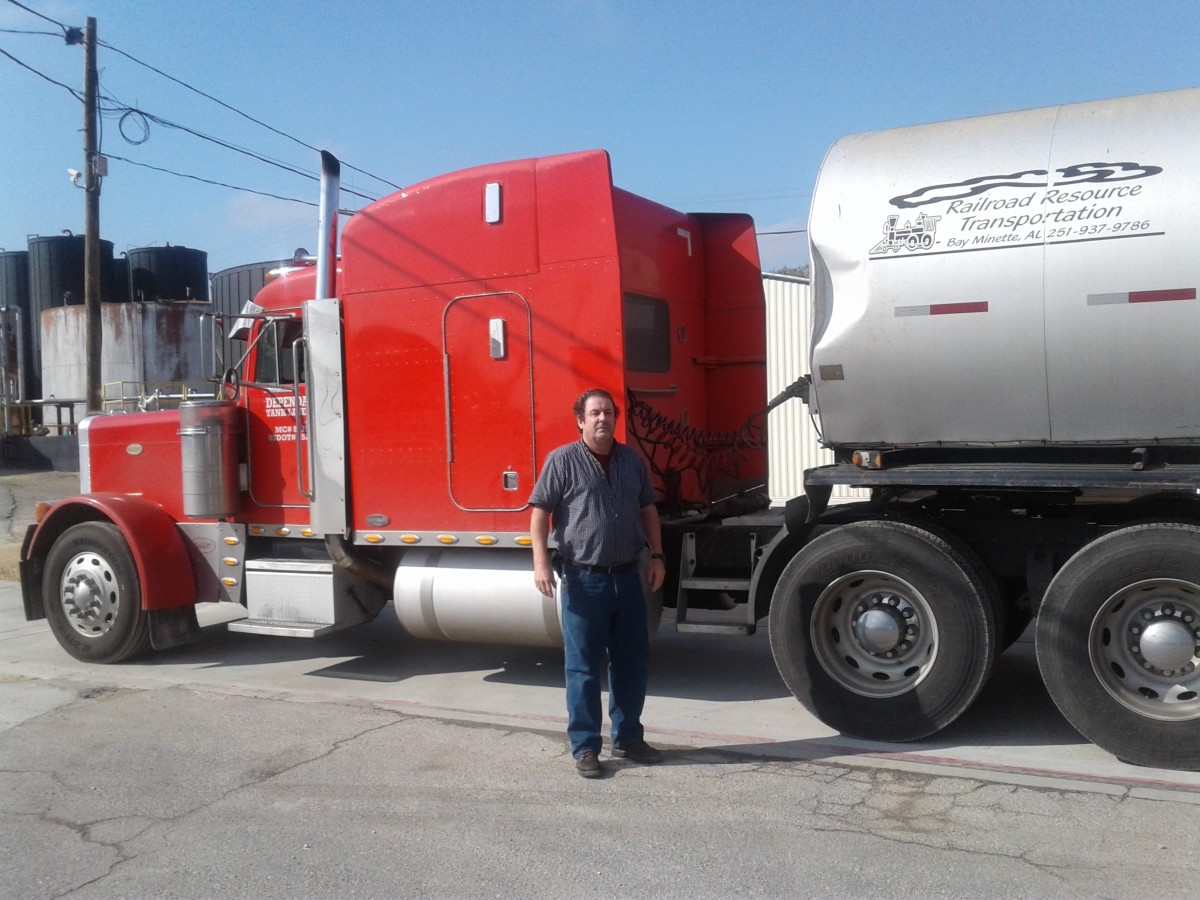
- LP Tanker Truck Driver
My experience as a commercial LP haz tanker hauler, and acknowledgment to this being a fast growing segment of the trucking industry. Transporting - The Life of a Commercial Truck Driver II
In a continuing documentary style, the Author gives an update to the first story account of driving commercially in south Alabama. (Driving On the Road and in the Pulp Mills) - Truck Driver Logs; Hours of Operation and the 1/2 Ho...
About the totally senseless 1/2 hour break law. How it cannot fit specifically or randomly into a drivers daytime schedule or logbook. And to show how even D.O.T. Officials can get sidetracked.
© 2015 Oscar Jones

